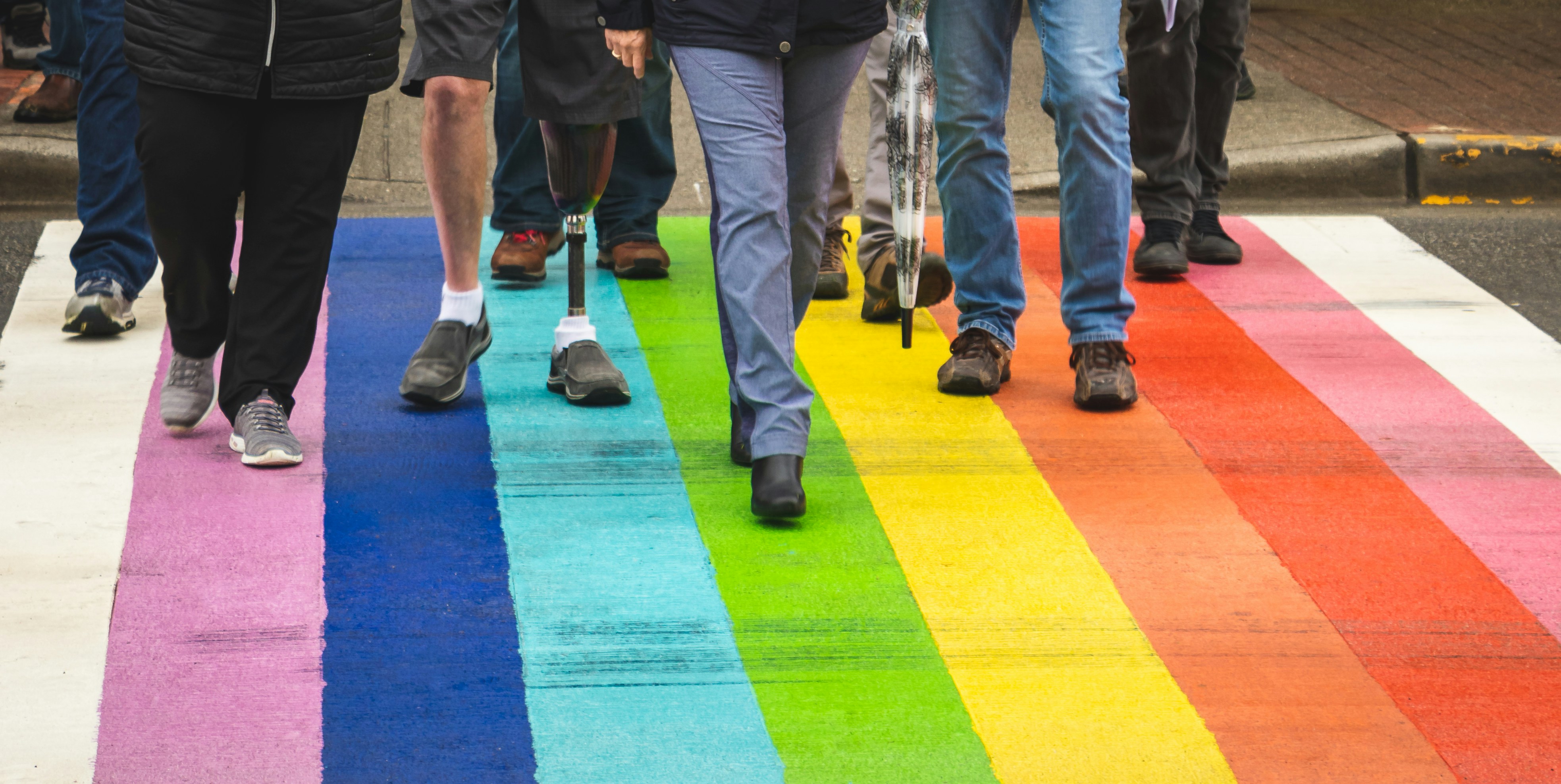Climate migration and urban adaptation: managing relocation and essential services
Climate-driven relocation is changing city populations and demands on essential services worldwide. This article examines how urban areas can manage migration-driven demographic shifts, maintain housing and public services, and design policies that support inclusion, mobility, and long-term resilience.

Climate migration is reshaping the composition and needs of many cities. As people relocate—temporarily or permanently—due to extreme weather, sea level rise, or disrupted livelihoods, urban areas face immediate pressures on housing, labor markets, education and healthcare systems. Effective adaptation requires coordinated policy, investment in local services, and approaches that prioritize inclusion and reduce inequality while preserving mobility and social integration.
How does migration affect urban demographics?
Shifts in demographics from climate migration can alter age structures, household sizes, and population density within neighborhoods. New arrivals may concentrate in specific districts, changing demand for schooling, health services, and public transport. Planners need local demographic data to forecast service needs and avoid mismatches between supply and demand. Integrating migrants into demographic planning helps cities balance short-term emergency responses with longer-term urbanization patterns, ensuring resources are allocated to both established residents and newcomers.
What pressures does urbanization place on housing?
Rapid relocation increases demand for affordable housing, often intensifying existing shortages and driving informal settlement growth. Cities must expand housing options through zoning adjustments, incremental infill development, and support for rental markets. Protection of tenure and legal pathways to housing reduce the risk of displacement and inequality. Strengthening building codes and siting policies also contributes to climate adaptation by guiding development away from high-risk areas while enabling resilient construction in safer zones.
How can labor and economic integration adapt?
Migration alters local labor pools and can strain or revitalize urban economies depending on how integration is managed. Policies that recognize transferable skills, provide vocational training, and support small businesses encourage productive participation in local labor markets. Employment programs tailored to both migrants and host communities can reduce competition for scarce jobs and mitigate inequality. Attention to labor mobility, certification recognition, and workplace inclusion helps cities harness the economic potential of newcomers while protecting vulnerable workers.
How should education and healthcare services respond?
Schools and healthcare providers must adapt to changing demand and diversity in urban populations. Education systems should scale classroom capacity, offer language support, and address psychosocial needs tied to displacement. Healthcare services require surge capacity planning for primary care, mental health, and preventive services, along with outreach to underserved groups. Strengthening local clinics, mobile services, and coordination across providers improves access and continuity of care for both migrants and longer-term residents.
What role do mobility and inclusion play in integration?
Mobility—access to reliable public transport and affordable transit—facilitates access to jobs, schools, and services and reduces segregation. Inclusive policies remove legal and social barriers that limit participation in civic life, from documentation access to anti-discrimination measures. Designing public spaces and services with input from migrants supports social cohesion and inclusion. Mobility planning that links housing to employment centers and essential services promotes economic resilience and reduces the spatial concentration of vulnerability.
How can policy build resilience and reduce inequality?
Policy frameworks need to align climate adaptation with social protection, land-use planning, and labor regulations to limit inequality. Instruments include targeted social safety nets, equitable investment in infrastructure, and participatory planning processes that involve affected communities. Policies that coordinate emergency relocation with long-term urban development—such as managed retreat, relocation programs, and economic diversification strategies—help cities absorb population changes while maintaining service delivery and strengthening resilience.
Conclusion
Managing climate-driven relocation requires integrated responses across demographics, housing, labor, education, and healthcare systems. Prioritizing data-driven planning, inclusive policies, and investments in mobility and local services can reduce inequality and support social integration. Long-term resilience depends on aligning urban adaptation with social protections and participatory governance to ensure essential services meet the evolving needs of both new and existing urban residents.





